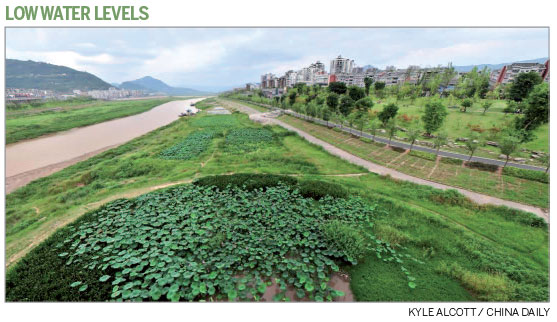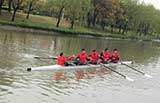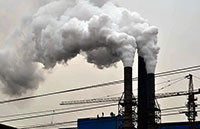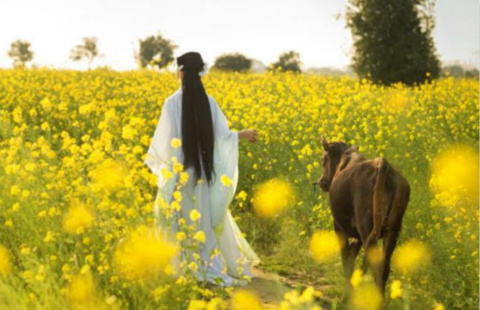Tree-planting project cleans Yangtze's branches
By Luo Wangshu and Tan Yingzi (China Daily) Updated: 2016-04-08 08:05"The total fluctuation area of the Three Gorges Reservoir is 348.93 square kilometers, distributed across 22 counties and districts in Chongqing and four counties in Hubei. Nearly 46 percent of the fluctuation area is along the main stream of the Yangtze River and 54.1 percent runs along the tributaries," said Luo Ren, former president of the Chongqing Forestry Society.
"As the county with the largest and most-concentrated fluctuation area in the region of the Three Gorges Reservoir, the fluctuation area in Kaixian is 42.78 square kilometers," he said, adding that the gently sloping contours of the fluctuation area provide perfect conditions for experiments to restore the ecosystem.
"The key is to find water-tolerant trees that can survive in the new environment to help prevent soil erosion and restore the local ecosystem," he said.
Four-phase model
Kaixian has adopted a new four-phase model, which is implemented according to the prevailing water level.
"At Level I, when the water level is higher than 175 meters, we plant trees such as cypress, cedar, bamboo, water birch and willow along the riverbanks to prevent soil erosion, intercept pollutants and provide habitats for birds," said Xiong Sen, head of the Pengxi River wetland natural reserve administration bureau in Kaixian.
At Level II, when the level is between 170 meters and 175 meters, water-tolerant trees, such as pond cypress and Chinese swamp cypress, are also planted to combat soil erosion and provide habitats for birds. The plants can live both above and below the waterline, so they can withstand the changes in water level, recover and then resume their normal growth functions.
Trees at Levels I and II form layered habitats that attract a wide range of bird species, many of which prefer to live close to the surface of the water.
"At Level III (between 160 meters and 170 meters), we dig ponds of different sizes and depths. They are sown with commercially viable aquatic crops, such as lotus and water chestnuts, which flourish when the water level rises and can be sold by farmers for a profit. When the water level falls, the ponds still contain enough water to allow the plants to thrive," he said.
At Level IV (between 145 meters and 160 meters) restoration of the eco-system is reliant on natural recovery.
The four-stage filtration process has resulted in much cleaner water, according to the local environmental protection bureau, which has conducted annual tests since 2010 and began analyzing the results in 2013.
Although it was not an instant success, the model has gradually borne fruit.
- Scalpers selling Disney resort tickets for as much as $600
- China has 1 in 5 of all college students in the world: Report
- Diabetes risk rising for both children and adults
- US-Manila drill 'imperils China'
- Ties with Sri Lanka to deepen
- Harsher terms await drug offenders
- New-age robot offers centuries-old wisdom in Beijing temple
- China to soon have Oxbridge-like rowing competitions
- In Shanghai, not visiting elderly parents could harm children's credit ratings
- Zhubi Reef lighthouse comes to life








